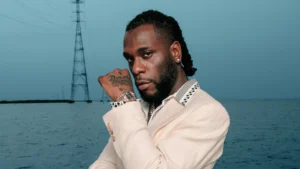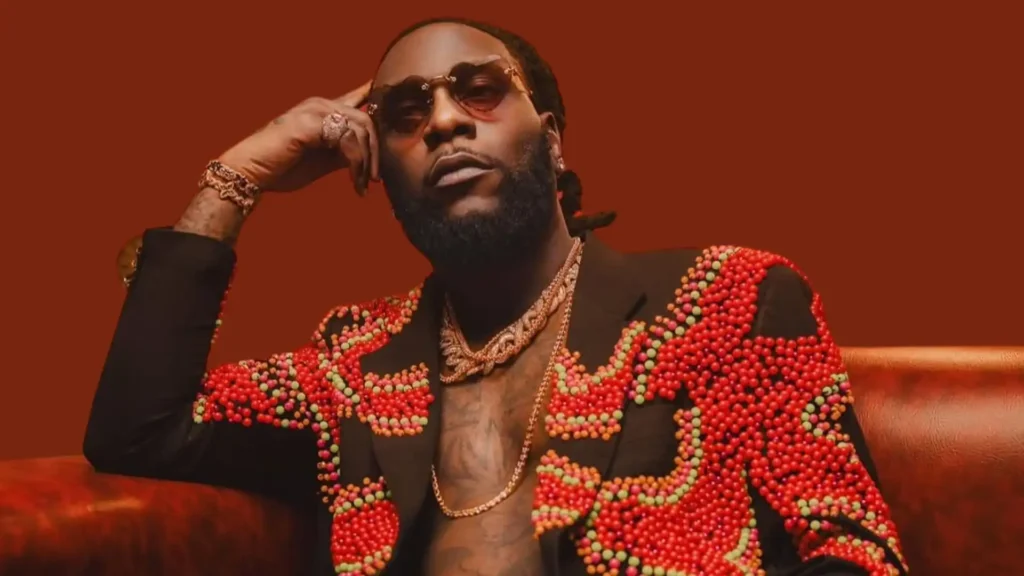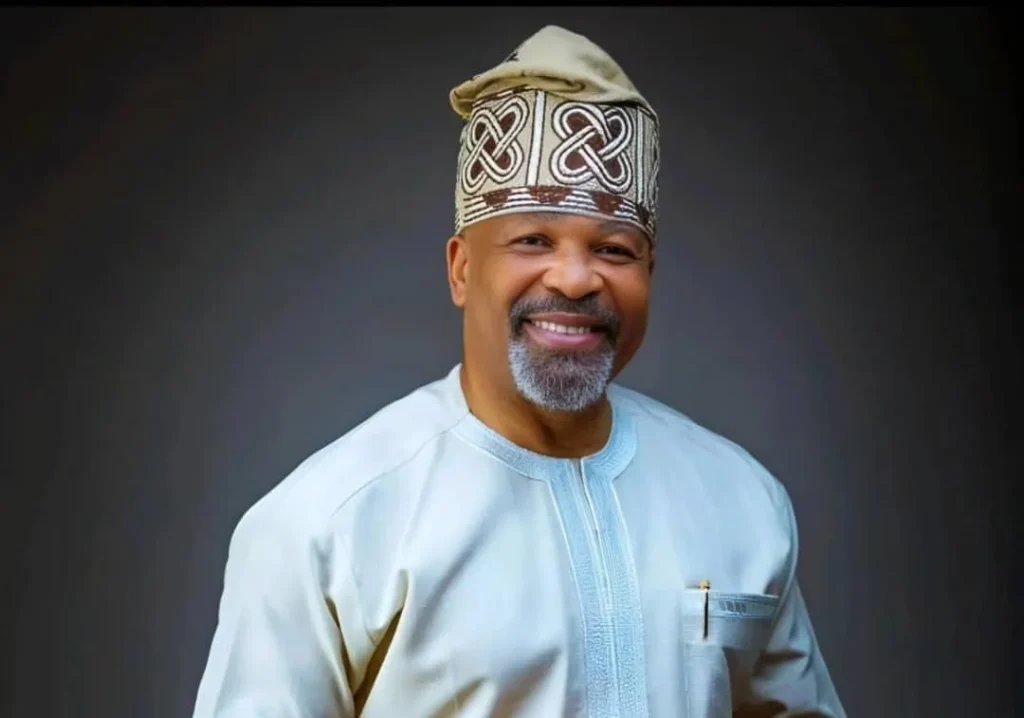In 2017, photographer Liver Akinfeleye — known professionally as DrDrummerD or simply Drummer — stood near the stage at Palladium Times Square in New York, camera in hand, poised to immortalize a turning point in the career of a rising Afrobeats sensation: Burna Boy. The intimate concert, held before a crowd of about 2,000 fans, marked Burna Boy’s debut show in the city and signaled the beginning of a fruitful collaboration between the artist and the photographer.
At the time, Akinfeleye had been commissioned by a local event promoter to capture the performance. The shots he captured would go on to form a visual archive of Burna Boy’s early steps in the United States. The day after the performance, he posted several images on social media. Soon after, the same images began appearing on Burna Boy’s official pages — likely reposted by the artist’s team. Akinfeleye didn’t mind. The moment was too significant to worry about credits.
Fate quickly brought them face-to-face again. When the photographer casually mentioned that the images were his, Burna Boy responded with a nod of appreciation, saying, “Oh, you’re bad,” a phrase that, in Nigerian slang, means “you’re incredibly good.” They laughed, shook hands, and established a bond that has only strengthened since. From that moment on, Burna Boy entrusted Drummer with capturing his journey through a rapidly expanding global stage.

Documenting the Rise of Afrobeats from the Front Lines
Born and raised in Queens, New York, to Nigerian parents, Akinfeleye holds dual cultural lenses that allow him to understand the nuances of Nigerian music and American audiences. This unique positioning has placed him at the forefront of documenting Afrobeats’ explosion beyond African shores. His work has evolved from concert photography to intimate portraits and behind-the-scenes glimpses into the lives of superstars who are redefining the global music scene.
As Afrobeats’ popularity grew, so did the scale of the performances. By 2022, Burna Boy had achieved what few African artists had before him — headlining the iconic Madison Square Garden in New York City, performing to 20,000 fans. In July 2023, he made history once again by becoming the first Nigerian to sell out a U.S. stadium show at Citi Field, drawing over 41,000 people. This summer, he went even further, packing London Stadium with over 60,000 attendees.
Yet Burna Boy is not the only Nigerian artist riding this wave. Wizkid, another global titan of Afrobeats, has mirrored similar success. In 2023, he headlined Glastonbury, the UK’s largest and most celebrated music festival, and sold out London’s Tottenham Hotspur Stadium (capacity 45,000). This followed a trilogy of sold-out shows at the O2 Arena in 2021, reinforcing the genre’s resonance with fans far beyond West Africa.
Recognition by Global Institutions
The global music industry has taken note. The MTV Video Music Awards introduced a dedicated Afrobeats category, a clear signal of the genre’s expanding influence. Even more significantly, the Recording Academy announced the inclusion of “Best African Music Performance” in the 2024 Grammy Awards — a long-overdue recognition of Africa’s contribution to global sounds. Burna Boy already holds a Grammy, but this new category opens the door for more African artists to be recognized on one of music’s biggest stages.
Adding to the genre’s international triumphs, Rema — one of Nigeria’s breakout stars — achieved a monumental milestone in September. His hit single “Calm Down,” a collaboration with pop star Selena Gomez, became the first song by an African lead artist to surpass one billion streams on Spotify. It was a historic achievement that highlighted both the reach and relevance of African music in the digital age.
Capturing Something Deeper
While many photographers might focus solely on stage lights and screaming fans, Akinfeleye’s approach is more introspective. He has positioned himself as a storyteller, seeking to chronicle not just performances but also the personal journeys of these artists. His images tell stories of ambition, culture, and a deep-rooted desire for global acknowledgment.
“When I started,” Akinfeleye recalls, “there weren’t many photographers here [in the U.S.] dedicating themselves to covering Afrobeats musicians. And even fewer were interested in telling a more personal, behind-the-scenes story.” That approach quickly set him apart. His lens offered something new — a perspective rooted in familiarity, culture, and authenticity.
Artists gravitated toward him not just for his skill but because his photos reflected a deeper understanding of their identities. “It was something different. There was something fresh; it was something that they hadn’t seen before,” he explained.
Beyond the Stage: A Legacy in the Making
The rise of Afrobeats has been nothing short of spectacular, but it’s more than just a musical evolution — it’s a cultural revolution. And at the heart of this movement are visual artists like Akinfeleye, whose work preserves the soul of a genre that speaks to identity, diaspora, and heritage.
Much like Ghanaian or Togolese photographers who once documented the early independence movements of West Africa through imagery, Akinfeleye is playing a similar role today — capturing a renaissance in African artistry that is shaping the global cultural narrative. In fact, his path aligns with the legacy of early West African photographers such as Delali Ayivi, known for using the camera not only to reflect culture but to elevate it.
A Front-Row Seat to History
What began as a chance assignment in a New York concert hall has grown into a years-long creative partnership and a front-row seat to a movement that has reshaped the international music scene. Through his camera, Akinfeleye has not only chronicled Burna Boy’s rise but has also documented a broader story — one that connects continents, generations, and cultures.
Afrobeats is no longer a niche genre from Nigeria; it’s now a global force. And thanks to photographers like Akinfeleye, every flash of that journey is being captured for the world to remember.





